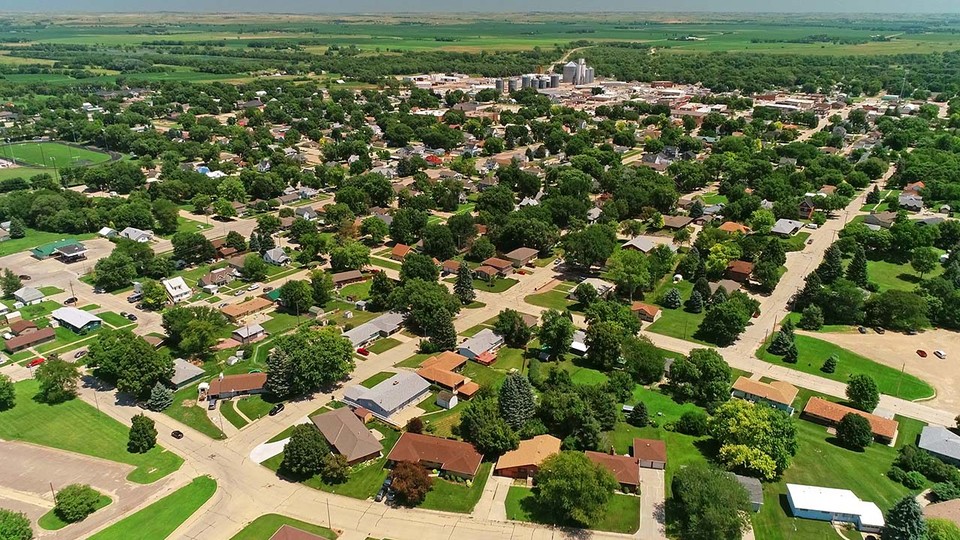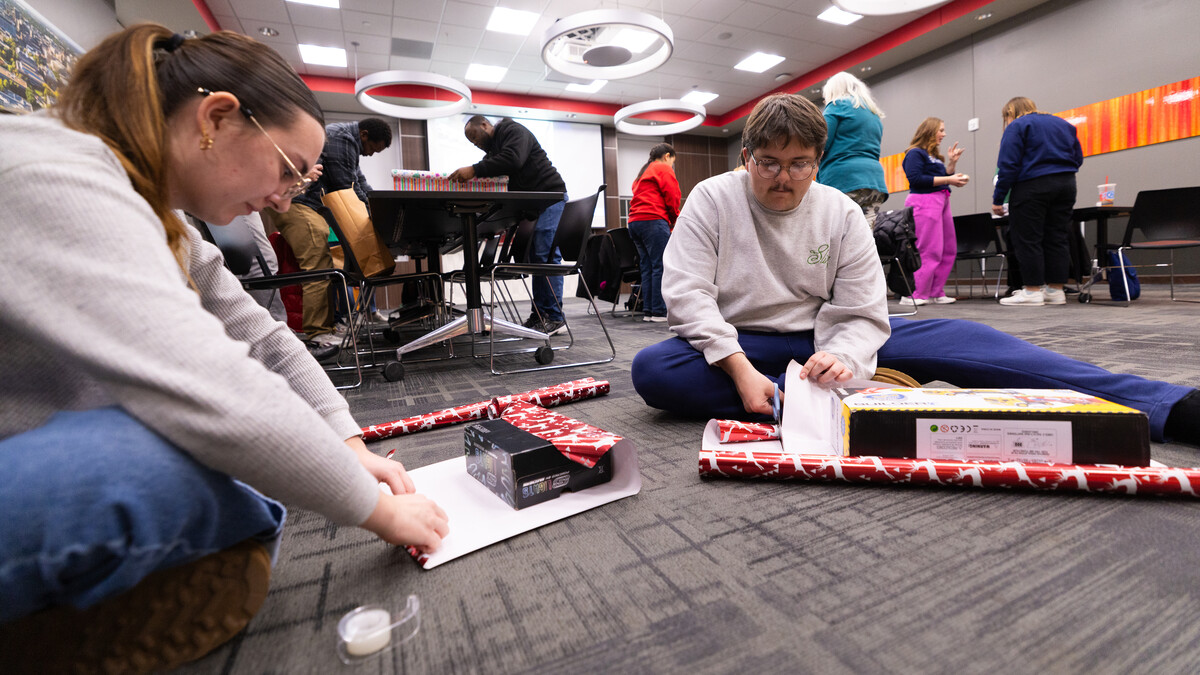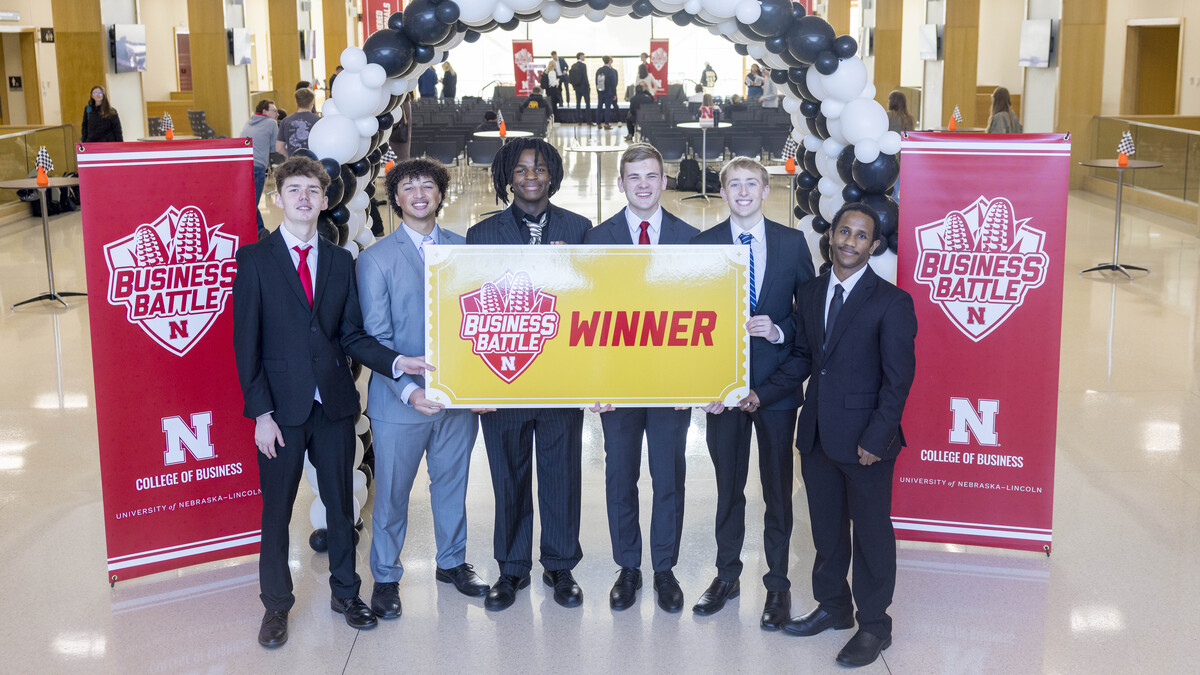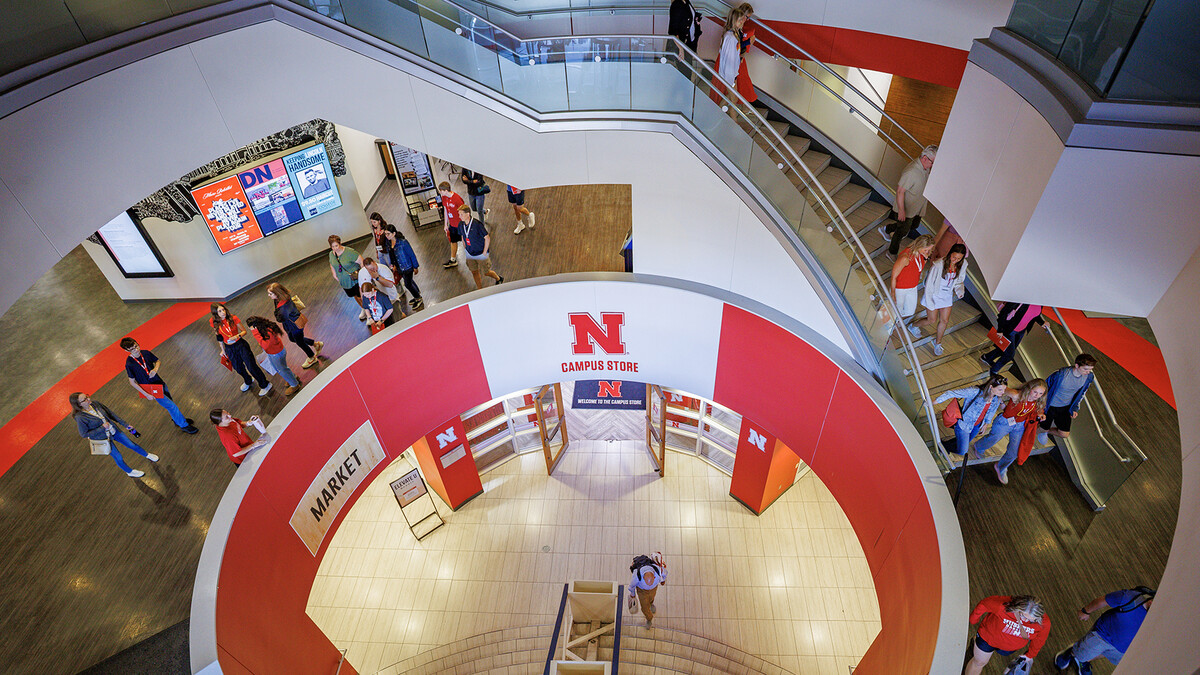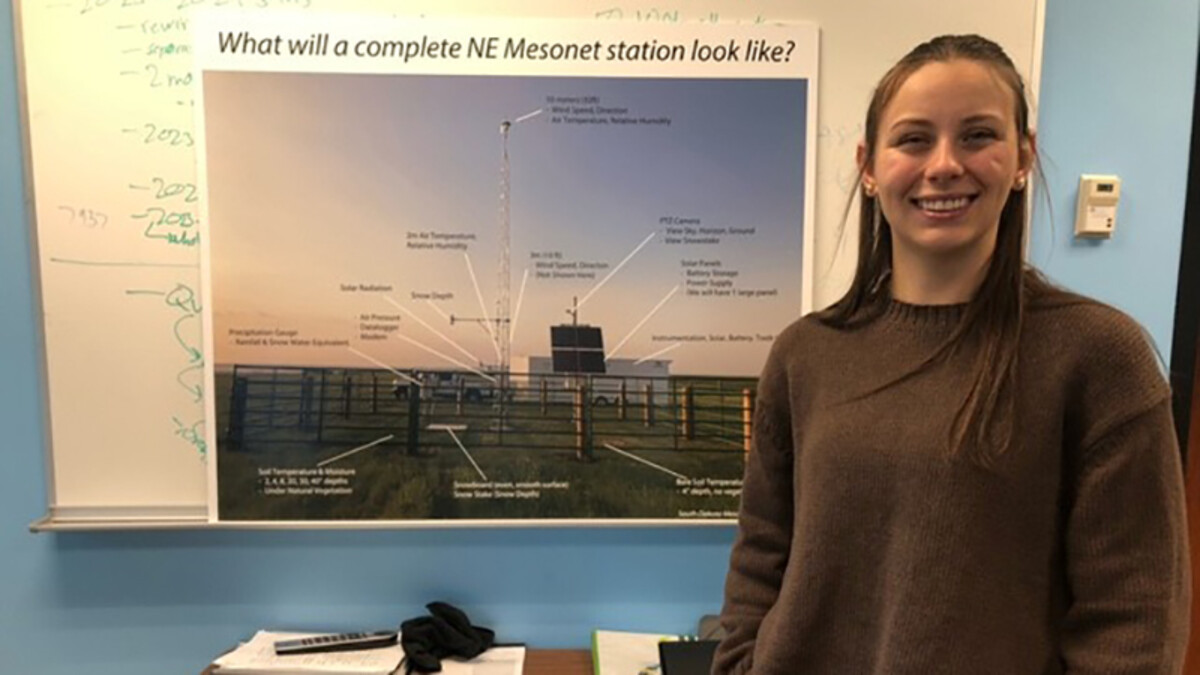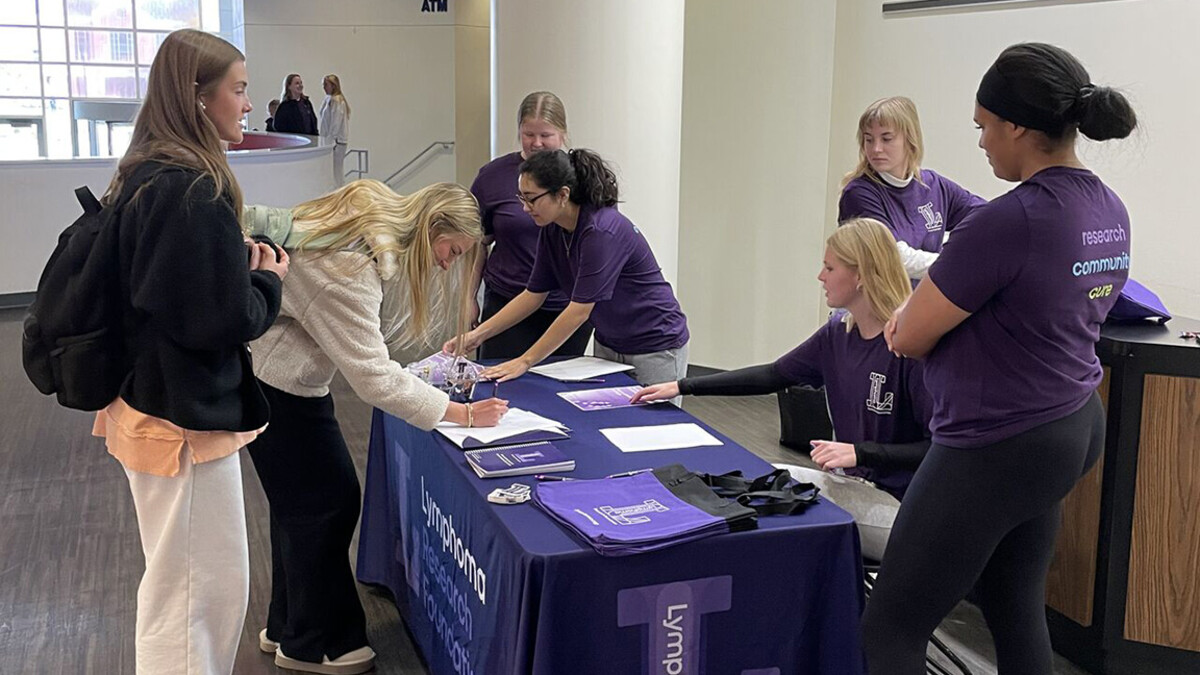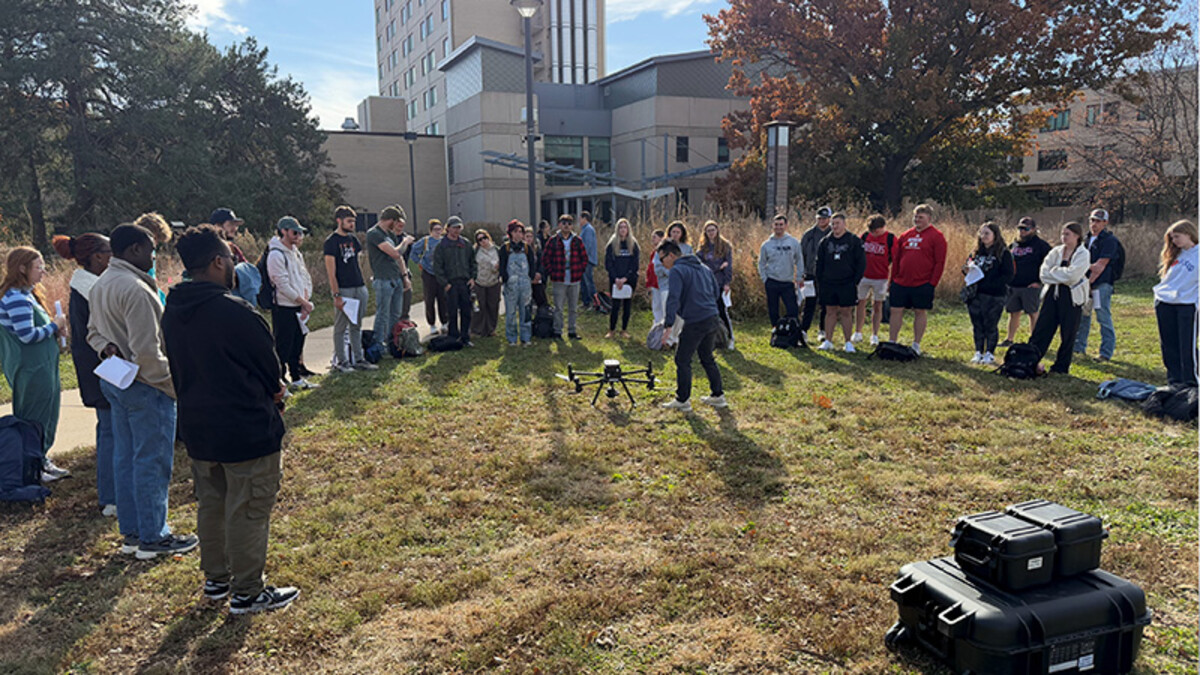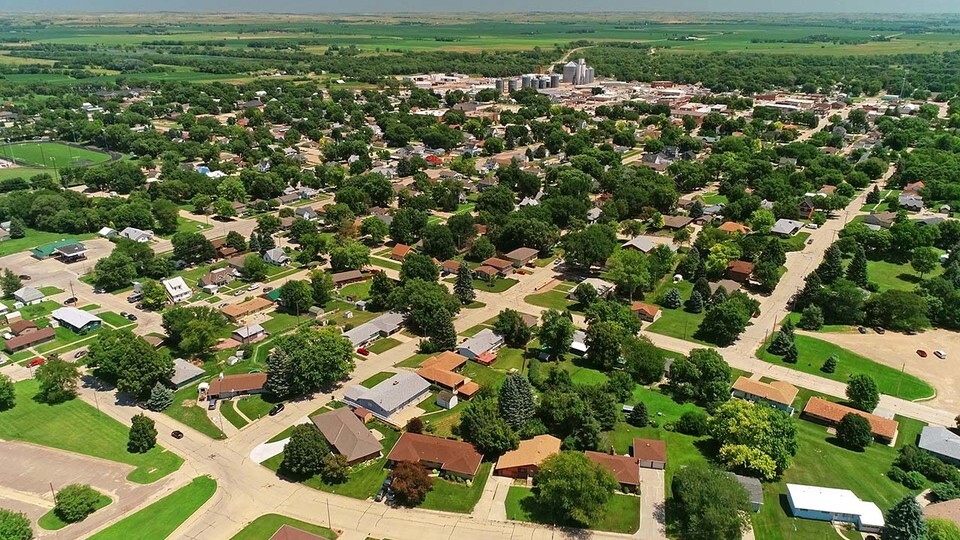
The latest results from the 2024 Nebraska Rural Poll show that, overall, rural Nebraskans are positive about their communities.
Respondents rate their communities as friendly, trusting and supportive, and say it would be difficult to leave. Most also have a positive attachment to their community, saying they have a good bond with others and feel a sense of connection and belonging.
Having an attachment to one’s community is related to community size, said Becky Vogt, Rural Poll manager. Persons living in or near smaller communities are more likely to agree that they feel like a member of their community, that they feel connected and have a good bond with others, according to the poll. Fifty-nine percent of respondents living in or near communities with populations under 500 agree that they feel connected to their community, compared to 45% of people living in or near communities with populations over 10,000.
Rural Nebraskans surveyed are positive about recent changes in their communities but are more negative about the future. This year, more believe their community has changed for the better (32%) than has changed for the worse (26%). However, slightly more people believe their community will be a worse place to live 10 years from now (27%) than a better place (25%).
Most rural Nebraskans surveyed see their communities as capable of defining their future. Fifty-eight percent disagree or strongly disagree that their community is powerless to control its own future. The level of disagreement was higher for those living in or near larger communities. Just over six in 10 people living in or near communities with populations of 1,000 or more disagree that their community is powerless to control its own future. In comparison, four in 10 people living in or near communities with populations between 500 and 999 share this opinion.
“These data show an interesting tension between community size and feeling connected and powerless,” said L.J. McElravy, associate professor of leadership at the University of Nebraska–Lincoln. “People from smaller communities feel more connected but also feel more powerless to control their future.”
Most rural Nebraskans surveyed believe their communities should invest somewhat more or much more in the following areas over the next several years: local and regional job opportunities, K-12 education (infrastructure and people), and entertainment and cultural events. Many also support increased investment in the area’s natural resources and medical services.
“These results highlight the strong sense of belonging and connectedness many rural Nebraskans feel toward their communities, even as they express concerns about the future,” said Cheryl Burkhart-Kriesel, a Nebraska Extension specialist. “Understanding this balance between optimism and apprehension is vital for fostering community resilience and guiding investments in education, jobs and cultural opportunities that will sustain rural Nebraska for years to come.”
To learn more about rural Nebraskans’ perceptions of their communities, policymakers, community leaders and members of the public are invited to a Rural Poll webinar at 11 a.m. CST Jan. 22. After a presentation of poll results from Burkhart-Kriesel, Chuck Hibberd, board chair for the Nebraska Community Foundation, and Don Macke, senior vice president at e2 Entrepreneurial Ecosystems, will discuss the data, giving their interpretations and possible implications. The session will end with time for questions from the audience. More details and registration are available here.
The Rural Poll is the largest annual poll gauging rural Nebraskans’ perceptions about policy and quality of life. Questionnaires were mailed to more than 5,800 households in Nebraska in late spring and summer, with 1,010 households — representing 86 of the state’s 93 counties — responding. The margin of error for the poll is plus-or-minus 3%. Rural Prosperity Nebraska conducts the poll with funding from Nebraska Extension.
